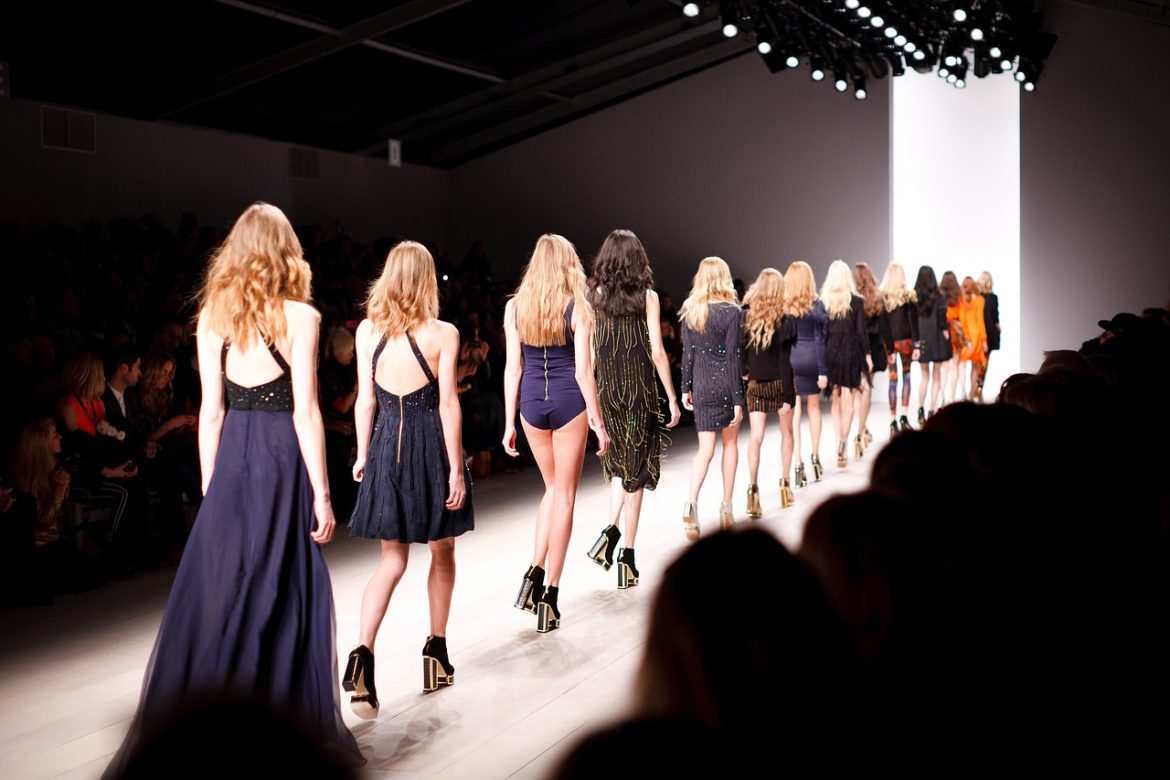Chanel vs. Gucci: A Tale of Two Fashion Titans
In the illustrious world of luxury fashion, few names shine as brightly as Chanel and Gucci. Both iconic brands have left indelible imprints on the fashion landscape, yet each boasts its own unique heritage and style. Dive into this exploration of Chanel and Gucci — where tradition meets modernity.
History Speaks Volumes
Chanel: Founded in 1910 by Coco Chanel in Paris, this brand revolutionized women’s fashion by introducing comfort and simplicity, epitomizing timeless elegance. Coco’s legendary little black dress and the iconic Chanel No. 5 perfume are staples in fashion history.
Gucci: Established in Florence in 1921 by Guccio Gucci, this brand initially started with leather goods, growing to become synonymous with opulent luxury and iconic motifs, like the double G logo.
Signature Styles
Chanel: Think classic tweed suits, quilted handbags, and pearls. Chanel radiates sophistication and understated luxury. It’s a brand that whispers rather than shouts.
Gucci: With its bold patterns, eclectic designs, and standout accessories, Gucci makes a statement. It’s for those who want to be seen and heard.
Cultural Impact
Chanel: More than just a fashion brand, Chanel represents a movement of empowerment for women. Coco Chanel’s designs liberated women from the constraints of the corset, giving them freedom and elegance.
Gucci: A cultural phenomenon in its own right, Gucci often collaborates with contemporary artists and musicians, making it a staple in pop culture references. It seamlessly melds historical opulence with contemporary appeal.
Sustainability Efforts
Both brands, in recent years, have focused on sustainable fashion.
Chanel: Continues to invest in green chemistry and sustainably sourced materials, ensuring that luxury doesn’t come at the environment’s expense.
Gucci: Has launched eco-friendly lines and champions carbon neutrality, making a bold statement for a greener future in fashion.
Key Differences: Chanel vs. Gucci
The luxury fashion world is brimming with iconic names, each offering a unique blend of history, aesthetics, and exclusivity. Chanel and Gucci, two of the most prestigious, have fascinated and influenced countless generations. Let’s dive deep into the distinguishing features of these fashion powerhouses.
1. Price / Resale Value
Chanel:
- Price Point: Chanel typically holds a higher price point compared to many other luxury brands, including Gucci. The cost is justified by the brand’s legacy, the quality of materials, and the craftsmanship behind each piece.
- Resale Value: Chanel products, especially the classic handbags like the ‘Flap Bag’ or the ‘Boy Bag’, have shown a consistent increase in value over the years. A well-maintained Chanel bag can often be resold at a price close to or even exceeding the original, making it a potentially good investment.
Gucci:
- Price Point: While Gucci is undoubtedly a high-end brand, its products are generally more accessible in terms of price compared to Chanel. This makes Gucci a go-to for younger luxury enthusiasts or those looking to delve into high-end fashion without the Chanel price tag.
- Resale Value: Gucci items also hold decent resale value, especially the iconic pieces or limited-edition collaborations. However, on average, Gucci’s resale value might not see the same percentage increase as Chanel’s over time.
2. Exclusivity – Who is the most exclusive, Chanel or Gucci?
Chanel: Chanel’s exclusivity is rooted in its heritage, the limited availability of its most sought-after items, and its strategic refusal to sell core products online. This makes obtaining certain Chanel items a more exclusive experience.
The brand’s boutiques, with their plush interiors and curated selections, enhance this aura of exclusivity.
Gucci: Gucci, while luxurious and esteemed, has a broader approach to accessibility. Their extensive range of products, from belts to perfumes, and a more prominent online presence, make it more accessible to a global audience.
This broader reach might diminish the aura of exclusivity slightly compared to Chanel, but it also makes Gucci a household name in luxury fashion.
3. Aesthetic
Chanel: Chanel’s aesthetic is epitomized by timeless elegance. Think of the little black dress, the tweed suit, and the classic handbag — all testaments to Coco Chanel’s vision of simplicity and elegance.
The color palette is often neutral, with blacks, whites, and beiges playing a significant role. Every piece, from clothing to accessories, exudes a sense of sophisticated luxury that’s always in vogue.
Gucci: Gucci’s aesthetic, especially under the creative direction of Alessandro Michele, can be described as eclectic and contemporary. It’s a blend of historical references, bold patterns, and sometimes even a touch of the whimsical.
Gucci isn’t afraid to play with vibrant colors, mix and match patterns, or introduce unexpected motifs (like bees or tigers). This results in a dynamic, youthful, and at times, avant-garde aesthetic.
In conclusion, while both Chanel and Gucci are undeniable giants in the luxury fashion landscape, they cater to different sensibilities.
Chanel appeals to those who value timeless elegance and exclusivity, while Gucci resonates with individuals who lean towards bold, contemporary styles. Both brands, with their distinct narratives and aesthetics, continue to shape and redefine the world of fashion.
Final Thoughts
Whether you’re drawn to the minimalist elegance of Chanel or the flamboyant flair of Gucci, both brands offer unparalleled craftsmanship and a rich legacy. Ultimately, the choice between Chanel and Gucci comes down to personal style and the fashion narrative you resonate with.
Stay stylish, stay informed, and remember that fashion is not just about wearing brands—it’s about wearing your identity with pride.
